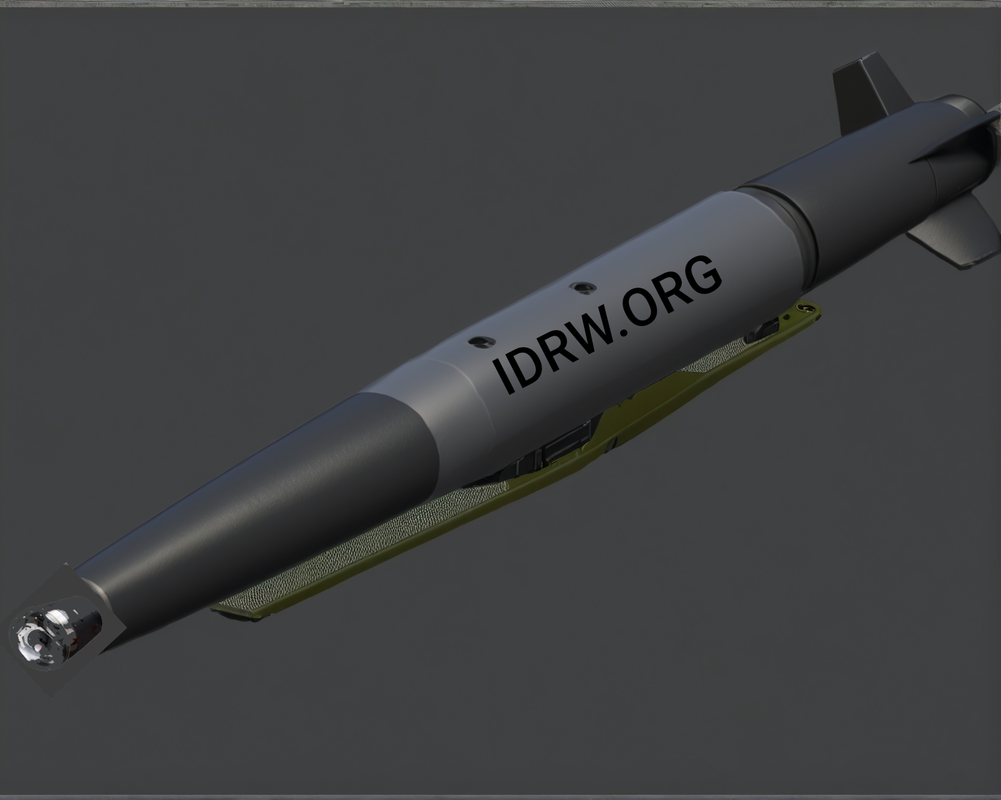SOURCE: RAUNAK KUNDE / NEWS BEAT / IDRW.ORG


India’s Defence Research and Development Organisation (DRDO) has taken a significant leap forward in its indigenous weapons program with the initiation of captive flight trials for the Tactical Advanced Range Augmentation (TARA) precision-guided bomb system. Integrated onboard the Indian Air Force’s (IAF) Jaguar strike aircraft, TARA promises to enhance the IAF’s deep-strike capabilities with a versatile, high-accuracy weapon designed to tackle modern battlefield challenges. The trials, which commenced in February 2025, mark a critical milestone in the development of this next-generation munition, showcasing India’s growing prowess in precision weaponry.
TARA, or Tactical Advanced Range Augmentation, is a family of glide bombs developed by DRDO to augment the IAF’s arsenal with cost-effective, long-range, and precise strike options. Designed to be adaptable across multiple platforms, TARA will be available in three weight classes: TARA 250 (250 kg), TARA 450 (450 kg), and TARA 500 (500 kg). These variants leverage existing bomb bodies developed by DRDO—General Purpose (GP) bombs and High-Speed Low Drag (HSLD) bombs—already integrated with IAF fighters like the Jaguar, Mirage 2000, and Sukhoi Su-30 MKI.
What sets TARA apart is its advanced guidance and control features. The bomb incorporates actuated fins at the rear for aerodynamic control, enabling terminal manoeuvring and a flexible Angle of Attack (AoA). This design enhances its ability to strike targets with pinpoint accuracy, even in contested environments. TARA’s speed ranges from 640 to 1,200 kmph, depending on release altitude and velocity, making it a formidable weapon for both high-speed engagements and controlled descents.
TARA’s guidance system combines the Inertial Navigation System (INS) with GPS for mid-course navigation, achieving a Circular Error Probable (CEP) of less than 30 meters. In its terminal phase, the addition of a Semi-Active Laser (SAL) seeker reduces the CEP to an impressive less than 3 meters, rivalling the accuracy of advanced Western systems like the U.S. Joint Direct Attack Munition (JDAM). This dual-mode guidance ensures reliability in GPS-denied scenarios while offering laser precision against high-value targets.
The bomb’s glide capability, augmented by its aerodynamic design, extends its range significantly beyond traditional free-fall bombs, though exact figures remain classified. Comparable systems suggest a potential standoff range of 50-70 kilometres when released from high altitudes, allowing aircraft to engage targets while remaining outside the reach of short- and medium-range air defences. The ability to perform terminal manoeuvres further enhances its survivability against point-defence systems, making TARA suitable for striking fortified bunkers, command centres, and moving targets.
The ongoing captive flight trials onboard the IAF’s Jaguar strike aircraft are a critical phase in TARA’s development. Conducted at an undisclosed airbase—likely Pokhran or Jaisalmer—these trials involve carrying inert TARA prototypes to assess integration with the Jaguar’s avionics, release mechanisms, and flight dynamics. The Jaguar, nicknamed “Shamsher” in IAF service, is an ideal testbed due to its proven role as a deep-penetration strike platform, capable of operating at low altitudes and delivering precision munitions.
During these captive trials, DRDO and IAF teams are evaluating the bomb’s structural integrity, aerodynamic performance, and compatibility with the aircraft’s targeting pod, likely the Litening pod used for laser designation. Successful completion will pave the way for live drop tests, where TARA’s guidance systems and terminal accuracy will be validated against simulated targets. The Jaguar’s ongoing upgrade with modern avionics and DARIN III navigation-attack systems enhances its suitability for testing a weapon as sophisticated as TARA.
TARA’s modular design allows it to adapt to diverse mission profiles. The TARA 250, built around a 250 kg bomb body, offers a lighter option for precision strikes against smaller targets, such as enemy convoys or radar installations. The TARA 450 and TARA 500, based on 450 kg and 500 kg bodies, respectively, provide greater destructive power for larger, hardened targets like bridges or underground facilities. The use of GP bombs ensures broad compatibility with existing IAF stockpiles, while the HSLD variant—optimized for reduced drag—extends range and penetration capabilities.
NOTE: Article cannot be reproduced without written permission of idrw.org in any form even for YouTube Videos to avoid Copy right strikes. Websites doing illegal reproductions will get DMCA and Legal Notices.